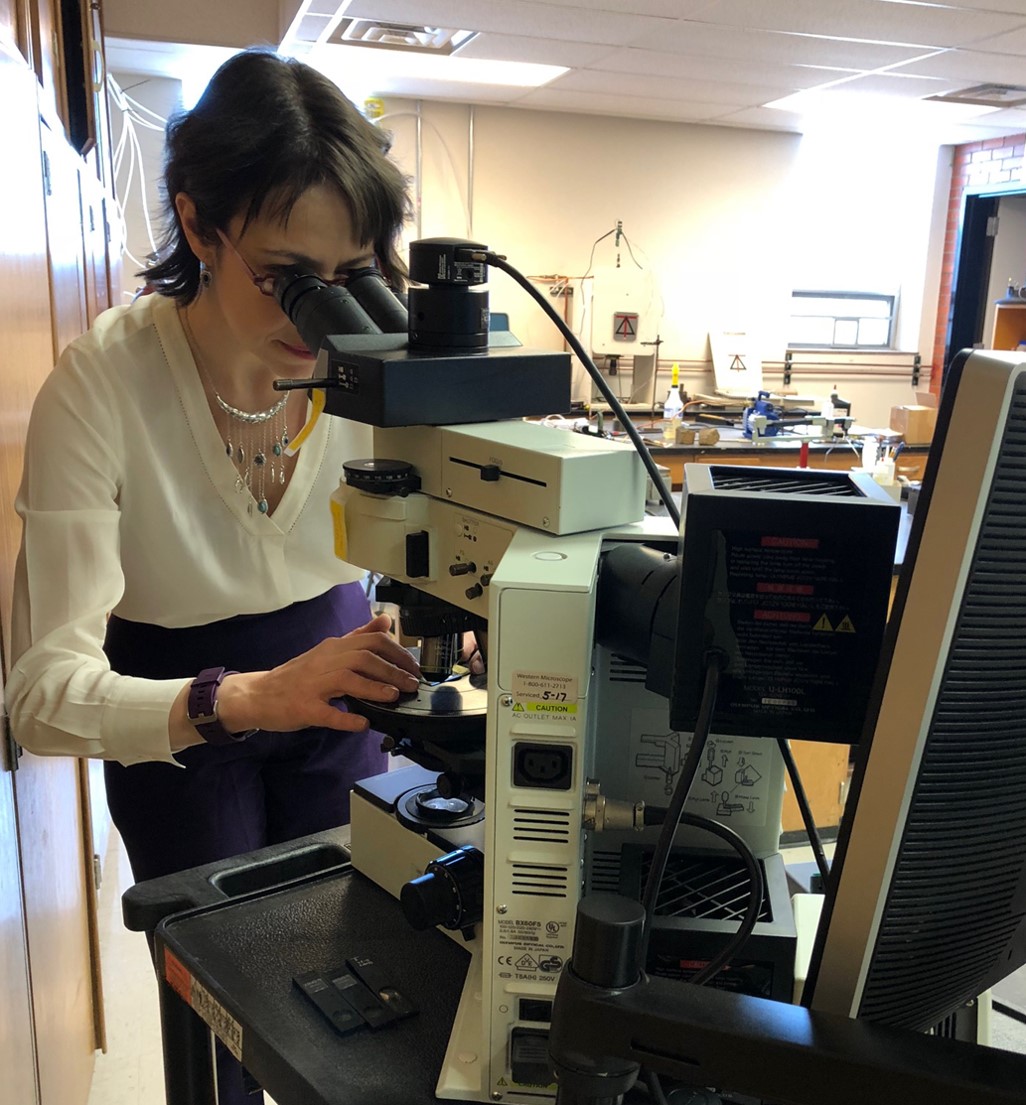The island splitting eruption of the Tonga Volcano
in January caught the world’s attention with its explosive plume of ash and subsequent
tsunami. Large volcanic eruptions like this can have impacts on the climate and
carbon budget of earth’s atmosphere and oceans.
But some may not realize that many, if not most,
volcanic eruptions on earth don’t happen on volcanic islands, rather they occur
deep under water along oceanic rift zones. These rift zones are volcanic fissures
that occur along tectonic boundaries where rising plumes of magma come to the
surface and slowly push oceanic plates apart. The constant underwater eruptions
along rift zones can also impact the amount of carbon dioxide (CO2) in
the atmosphere and ocean.
 For scientists to understand and model the impacts
of human caused climate change, they need to know all the sources and sinks for
CO2 - including the amount of CO2 naturally produced by
these oceanic rift zones. Better quantifying this amount can yield improved
understanding of the impacts of anthropogenic climate change.
For scientists to understand and model the impacts
of human caused climate change, they need to know all the sources and sinks for
CO2 - including the amount of CO2 naturally produced by
these oceanic rift zones. Better quantifying this amount can yield improved
understanding of the impacts of anthropogenic climate change.
South Dakota Mines Assistant Professor and principal
investigator Gokce Ustunisik Ph.D., and co-principal investigator Roger
Nielsen, Ph.D., in the university’s Department of Geology and Geological
Engineering are leading a new $654,105 National
Science Foundation funded research project to quantify the amount of CO2
produced in mid-oceanic rift zones. The research, led by Mines, is being
undertaken in conjunction with Woods Hole Oceanographic Institute (WHOI) of Massachusetts
Institute of Technology.
To achieve their research goal, Ustunisik and Nielsen
will study the amount of dissolved CO2
content of tiny melt pockets – melt inclusions trapped in minerals from the rocks
produced by underwater eruptions and collected from the ocean floor.
“Our project looks at CO2 dissolved in the
magma. We look at the content in tiny pockets of melt captured in crystals
formed in cooling magma that makes up oceanic crust. This kind of crust make up
70% of the Earth’s crust,” says Nielsen.
“The Earth’s mantle is the largest reservoir of
carbon on the planet, but it’s also among the least studied and constrained. The
current estimates for the amount of carbon produced by oceanic rift zones and
stored in the mantle vary greatly. Scientists who want to accurately model
future climate change need to know how much carbon is produced by these earth
systems” Ustunisik adds.
“The equivalent would be if you were a business owner,
and you ignored your taxes or Social Security payroll obligations as part of
your expenditures. This would be ignoring an important component in your
balance sheet,” says Nielsen.
But rocks from the depths of the ocean are not easy
to come by. Dr. Ustunisik and her graduate students at Mines will be using rock
samples collected from all over the world over the past 40 years, during
multiple missions by submarines, robotic submersibles and ocean dredging. The experimental
petrology laboratory run by Ustunisik at Mines will collaborate with
microanalytical laboratories at Woods Hole and Oregon State University to analyze
parts of the recently formed rocks to better quantify how much CO2
these rift zones produce.
“We are looking at what are called zero age lavas,”
says Nielsen. “So, these are very, young rocks formed inside mid-oceanic ridges
where the plates are separating,” says Ustunisik.
While the estimates vary widely, Nielsen says it’s
possible the amount of CO2 produced annually along mid-oceanic rifts
is about the same as the amount of extra carbon produced by human emissions
each year. He says the input from the earth varies dramatically from year to year,
but is not increasing at the same rate as human emissions.
“We need to understand the base level produced by
the earth. The human emissions on top of the natural CO2 production
leaves us less and less wiggle room,” says Nielsen. “We also need to understand
the potential impacts of infrequent events, like volcanoes, on top of human
caused greenhouse emissions. What we are really trying to do is build accurate
predicative models.”
The team will also be working with students at both Mines and Oglala
Lakota College to undertake the experiments and analysis that will gather the
data needed for the overall study. This project involves efforts for developing
analytical infrastructure, teacher training and research projects for
undergraduates in partnership with Oglala Lakota College.
Ustunisik and Nielsen point out that an initial
investment of $50,000, from a South Dakota Board of Regents competitive faculty
research grant awarded to Ustunisik formed the foundational research needed to
secure this NSF funding. “The BOR seed money for our research was essential in
our success,” she says.